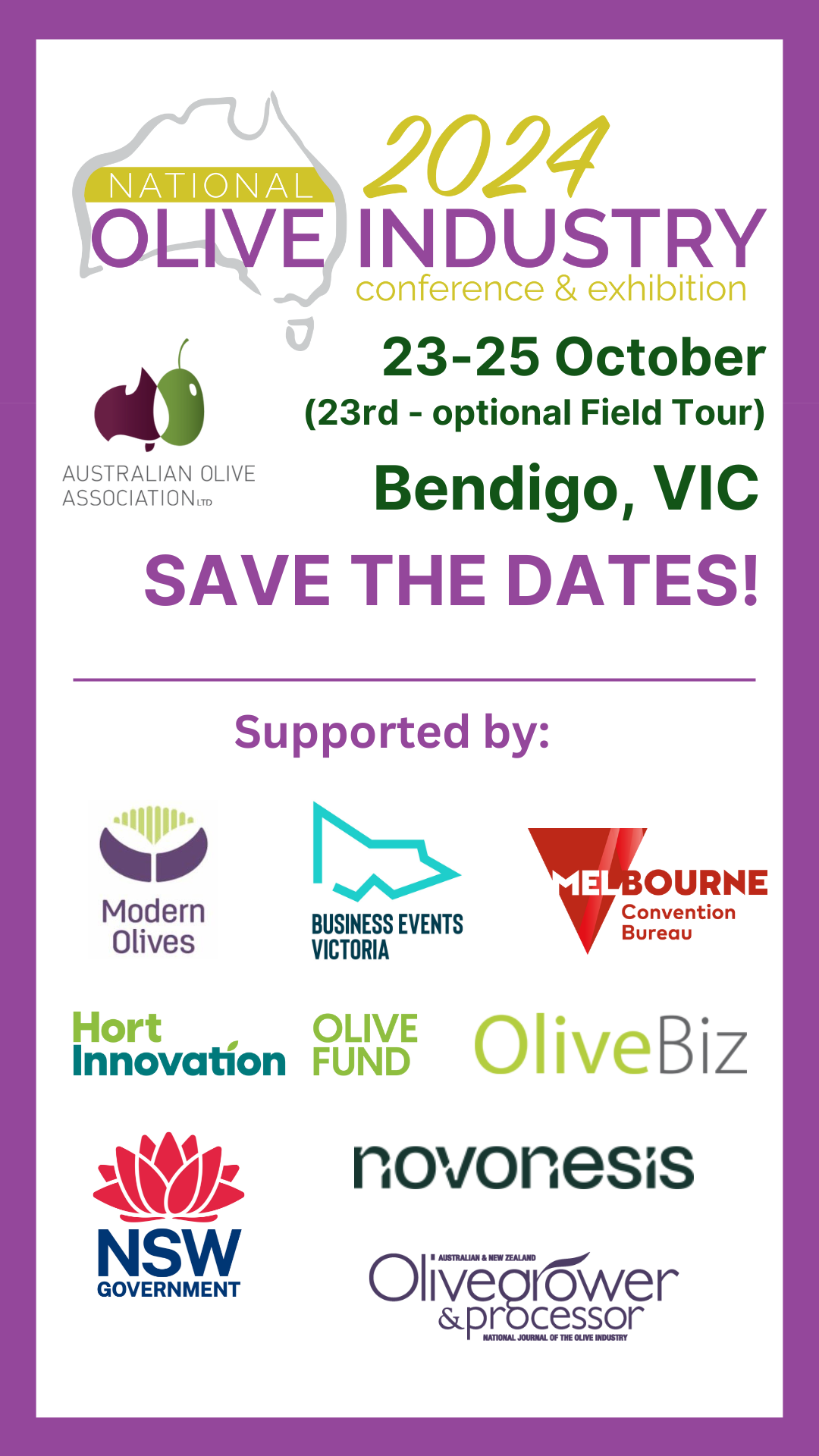The olive industry has reacted quickly to a blog item, Oils ain’t oils. What is the best oil to cook with? by Dr Brett Hill, published on http://www.independentweekly.com.au and picked up on Ryan Publications Friday Olive Extracts e-newsletter on 30 January.
Proof of just how popular Friday Olive Extracts is, Ryan Publications was soon receiving calls and emails from readers asking us about the claims made in the article.
In the article, Dr Hill said when heated, olive oil produces chemicals that have been linked to breast cancer and heart disease. He promoted coconut oil as one of the healthiest oils to cook with.
Australian Olive Association president, Paul Miller, joined the commentators on the blog to put the record straight on 2 February.
“Due to its composition and high concentration of antioxidants, olive oil is in fact the best oil for pan frying,” he wrote.
“Some of the reasons why olive oil should not be left aside when it comes down to frying are:
• the nutritional value and composition of olive oil are not substantially altered through heating. Studies have shown oxidation and hydrogenation occurs to a lesser degree in olive oil than in other oils. This is due to the fact that olive oil is high in monounsaturated fatty acids and therefore resistant to oxidation and hydrogenation. Extra virgin olive oil contains its own natural antioxidants that further protect its integrity in cooking
• olive oil is a most stable fat and stands up well to high frying temperatures. Its high smoking point (210ºC) is substantially higher than the ideal temperature for frying food (180ºC)
• food fried in olive oil has a lower fat content than food fried in some other oils because when olive oil is used, very little is absorbed during frying. This makes olive oil suitable for weight control measures in cooking.
“These facts have been demonstrated through scientific research published by the International Olive Oil Council,” Miller wrote.
Proprietor of Olive Business, Simon Field, raised the point that olive oil has one characteristic other oils lack when it comes to cooking. He said: “Olive oil seals the outside of the food so that oil does not penetrate. So if the oil is drained off the intake is much lower than other oils. A Spanish olive oil chemist described it to me as a chemical reaction like the melanin in the skin of humans, darkening the skin and protecting one from sunburn! This effect also seals the juices in the food and the food is therefore much tastier.”
A ‘google’ of issues relating to heating olive oil comes up with a number of interesting sites and readers are encouraged to visit them – our thanks to Kent Hallett for providing these sources.
http://www.oliveoilsource.com/oliveoildr-cancer.htm
http://chinesefood.about.com/od/cookingfaqs/f/stirfryoliveoil.htm
This latter site is interesting in that it reports the best grade of olive oil for stir-frying is olive oil (also called pure olive oil). It advises to stay away from extra-virgin and virgin grades because “standard olive oil goes through a more rigorous refining process than extra-virgin and virgin olive oils. This gives it a higher smoking point, meaning that it can take the high heat needed for stir-frying.”




